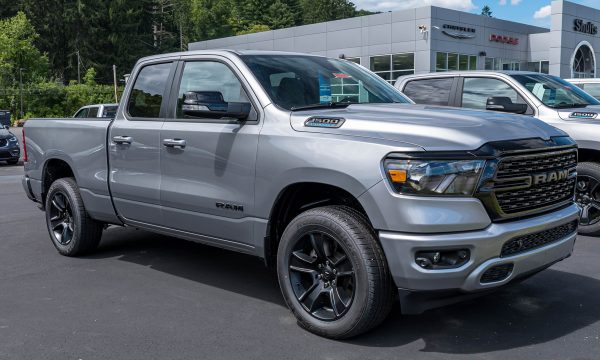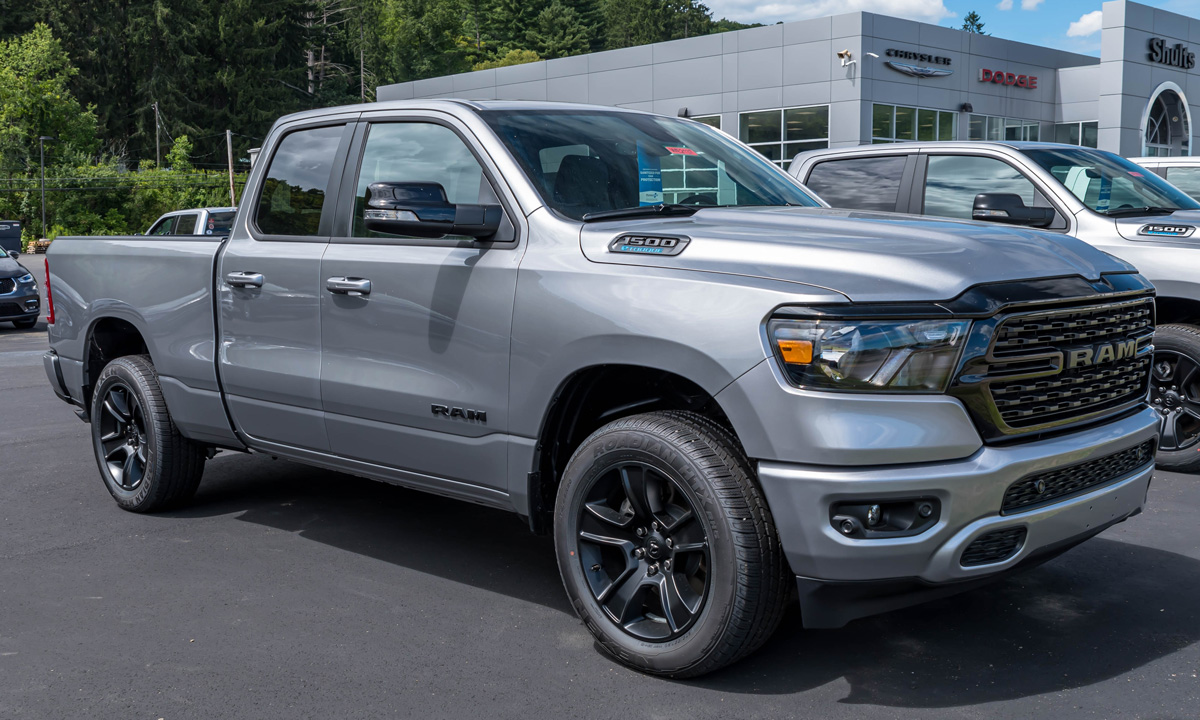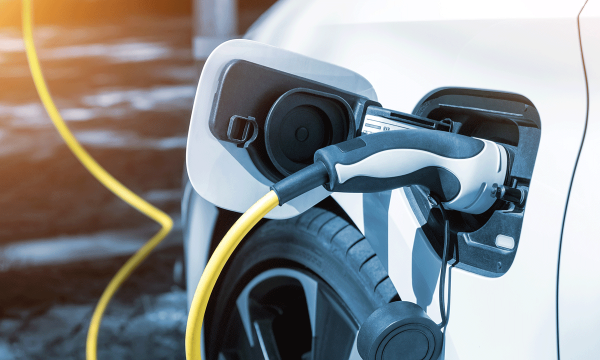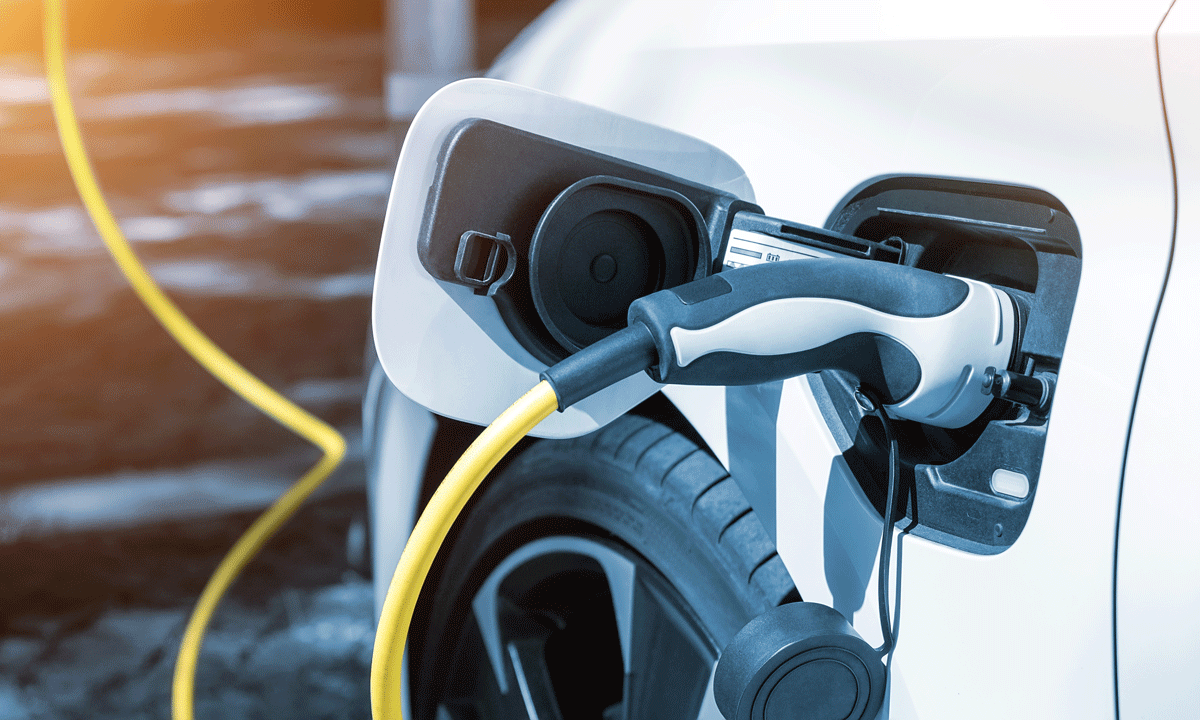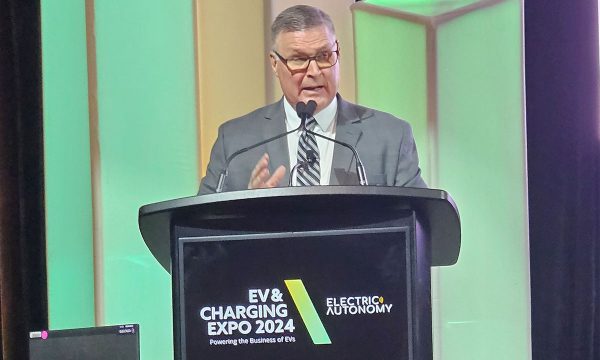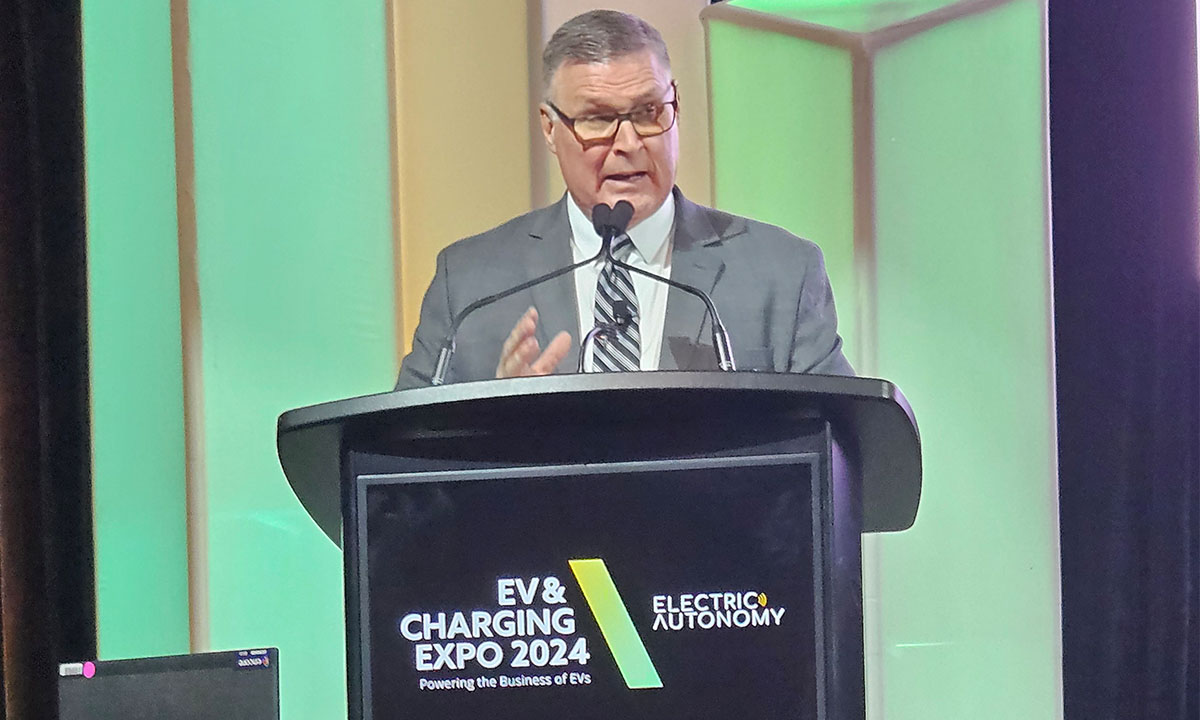
Will we beat the clock to achieve our zero emission vehicle adoption goals?
From the point of view of the automotive industry, the more relevant question is: will we beat the clock in achieving our sectoral GHG emission reduction goals?
That ship has sailed, however, with the federal government passing its national zero emission vehicle mandate regulation late last year, packaged in a more voter-friendly wrapper as the Electric Vehicle Availability Standard (EVSA).
Government and industry are now collectively focused on technology adoption as opposed to GHG emissions reduction and, let’s be clear, one is not a proxy for the other.
The other reality is that those two parties — the regulator and the regulatee — are largely dependent on a third party, Canadian consumers; who through their choice of vehicle that meets their personal utility, lifestyle and affordability needs, will determine if we hit the ZEV targets under the EVSA of 20 per cent in 2026, 60 per cent in 2030 and 100 per cent in 2035.
So the obvious questions are, where do we sit right now with respect to ZEV adoption and what’s it going to take to give us any hope of being able to achieve those targets?.
With respect to the first question, the good news is that according to S&P Global, national registrations of zero emission vehicles reached 11.7 per cent of new vehicle registrations in 2023, up from 8.9 per cent in 2022 with pure battery electric vehicles making up 8.8 per cent of those registrations (vs. 7 per cent in 2022) while plug-in hybrid electric vehicles comprised 2.8 per cent of total registrations (vs. 1.9 per cent in 2022).
While 11.7 per cent is fantastic, it is a long way from the almost double 20 per cent that will be required in 2026, and before we start thinking that that’s still almost two years away, remember that automakers will be introducing some 2026 models in January 2025, or nine months from now.
Relying on S&P Global for some additional information, back in April of last year the forecast was for 2023 to end up with 12.8 per cent share — which we didn’t quite achieve and the number they forecast almost a year ago for 2024 was a 17.3 per cent for zero emission vehicles. If that forecast persists then getting to 20 per cent by 2026 looks achievable.
With respect to the second question, what’s it going to take to give us any hope of being able to hit those targets, I’d highlight that there are some key obstacles in the way of hitting the S&P’s target for this year and next, and the 20 per cent for 2026 when the mandate kicks in, and the remaining mandate targets.
These obstacles are — in no particular order — how adoption is actually occurring, the old chestnuts of vehicle price and lack of sufficient charging infrastructure, mortgage renewals in Canada, and continued reliance on public incentives.
A less obvious obstacle is the fact that last fall the Canada Mortgage and Housing Corporation forecast that 2.2 million Canadians will be renewing their mortgage over the next two years with the CMHC suggesting that those Canadians can expect a 30-40 per cent increase in their mortgage payments.
Touching briefly on each of these obstacles, with respect to adoption we need to understand that we are likely through the early adopters or almost through. So new ZEV adopters are going to require more education and convincing to make the shift and this adoption curve moving forward will be lumpy — not smooth.
Regarding price, the federal government in its own regulatory impact statement issued along with the Electric Vehicle Availability Standard last year noted that it did not expect price parity with ICE vehicles until beyond 2035 in most segments.
This represents a real challenge, and Quebec recently added insult to injury by announcing in their budget the phasing out of their ZEV incentive, which will likely significantly impact sales in price sensitive Quebec.
With respect to charging infrastructure, our deficit there has been well documented and will continue to give consumers cause to reconsider whether the ecosystem can support their driving habits, regardless of how much they may wish to move into an EV.
We are woefully behind where we need to be, but the real issue is ensuring that consumers can charge their vehicle where they live and we have a herculean challenge to retrofit MURBs.
A less obvious obstacle is the fact that last fall the Canada Mortgage and Housing Corporation forecast that 2.2 million Canadians will be renewing their mortgage over the next two years with the CMHC suggesting that those Canadians can expect a 30-40 per cent increase in their mortgage payments.
Homeowners are also those well enough heeled to afford relatively expensive ZEVs, so their budgets are going to be squeezed in a big way. This sleeper obstacle may become one of the more significant issues we need to overcome to attempt to hit our targets.
All of us are learning and all of us are in uncharted territory, but the “known” obstacles represent some real challenges to hitting the ZEV targets, never mind the “black swans” that invariably appear and upset the apple cart. In the end it will still all come down to the consumer.






